DUBAI: For a long time many people didn’t consider video to be an art form. But that changed during the 1960s as new consumer video technology, including tape recorders, were made available outside of corporate broadcasting, allowing individuals to experiment on their own.
The turning point came during the autumn of 1995, when Korean-born artist Nam June Paik used his new Sony Portapak to shoot footage of Pope Paul VI’s procession through New York on Oct. 4 that same year. As the story goes, he went to show the footage to artist friends, including Andy Warhol, at a café in Greenwich Village.
While the first artist to use video as a form of contemporary art remains debatable, what we do know is that the genre was born in 1965. The term video art is now used widely, found throughout the world at exhibitions, fairs and purchased widely as a category of preference by collectors.
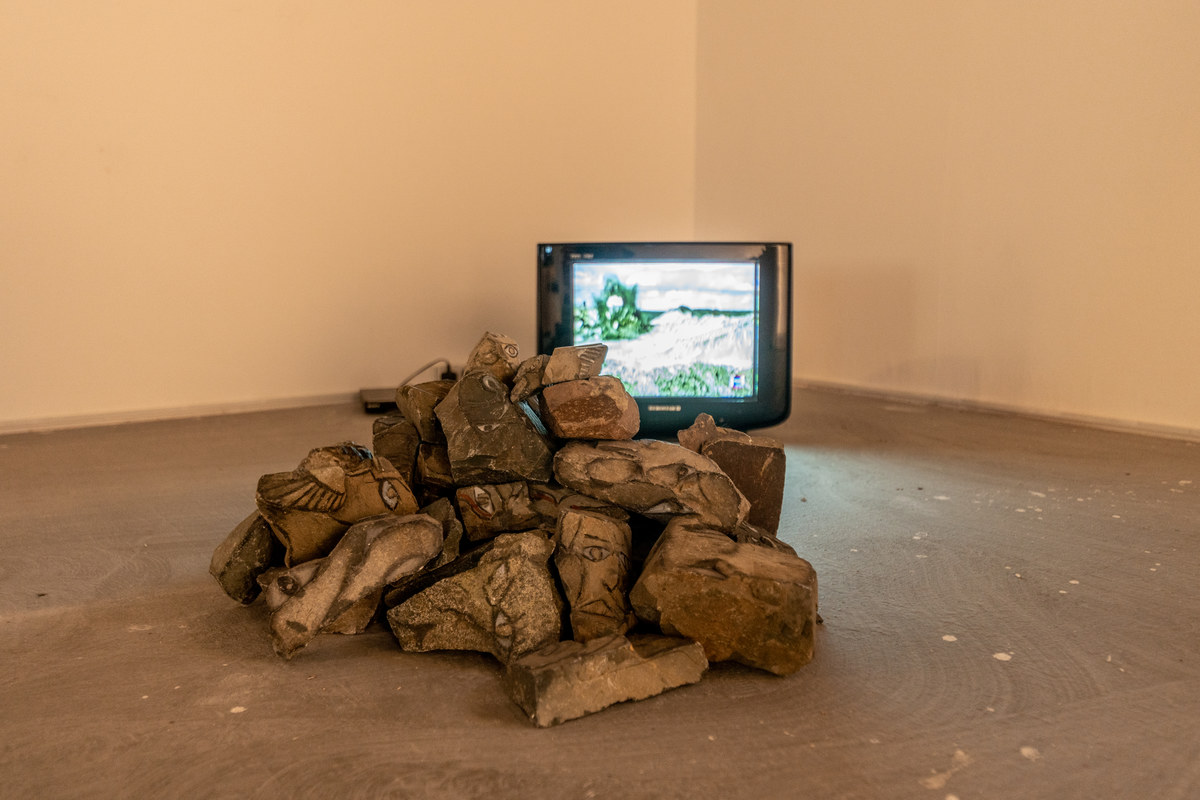
Abeer Alfatni is one of the participating artists. (Supplied)
Contemporary art in Saudi Arabia has long taken a more conceptual route, relying on found objects, tech and the digital landscape to relay its messages. “Durational Portrait,” a groundbreaking exhibition that opened at Jeddah’s Athr Gallery on Jan. 29 is now available for viewing online through the gallery’s Instagram handle @Athrart, given the current lockdown situation.
The show, curated by Tara Al-Dughaither, does not attempt to offer a comprehensive survey of video art from Saudi Arabia. Rather, it looks at the medium of video art as one of the fastest mediums of consumption and how the moving image has played a major role in shaping society’s beliefs and also behavior, particularly in Saudi Arabia.
The exhibition, in its physical manifestation, brought together works by close to 50 artists from the Kingdom, most of them never-seen-before, and addressed pertinent subjects in Saudi society. It was divided into four historic movements: Beginnings (1993, 97, 99), Identity (2000-2010), Connection (2011-2015) and Recovery (2016-2020).
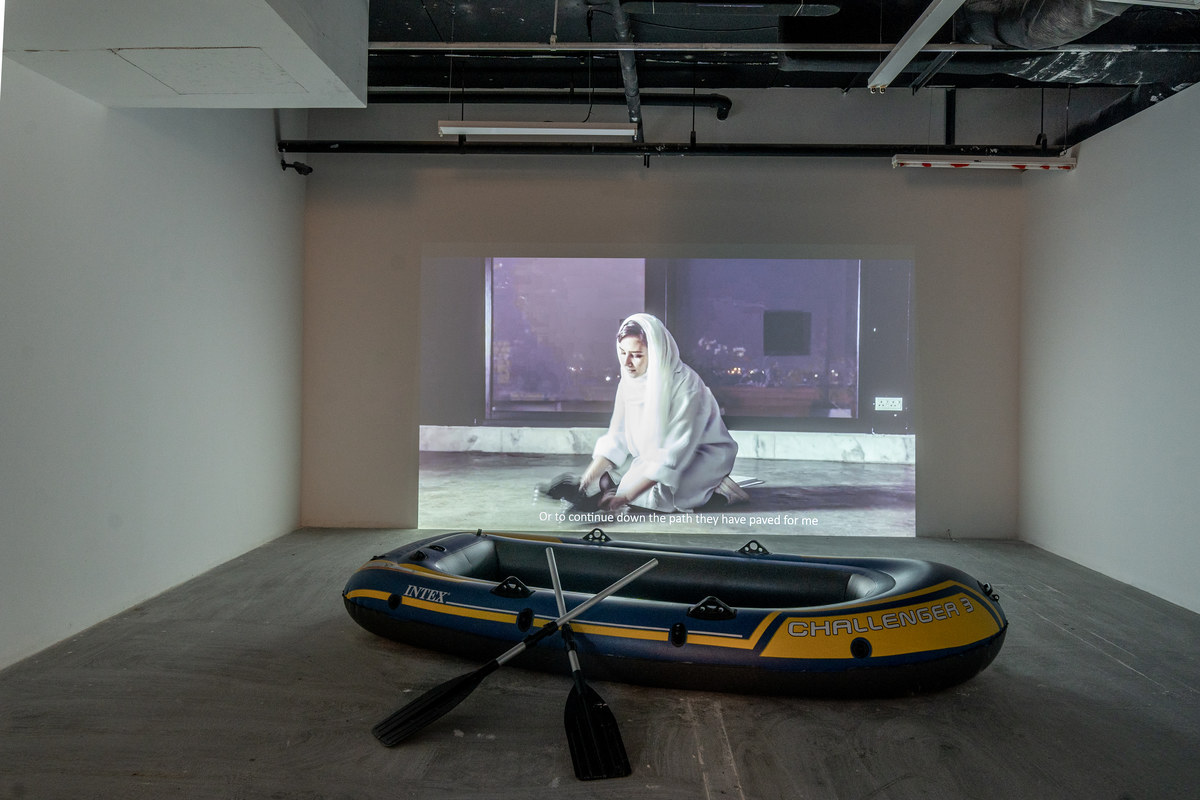
“A Blink of an Eye” by Fatima Al-Banawai. (Supplied)
Participating artists include Sarah Abu Abdullah, Manal Al-Dowayan, Marwah Al-Mugait, Abdullah Al-Othman, Nasser Al-Salem, Sami Al-Turki, Ahaad Alamoudi, Mohammad Alfaraj, Moath Alofi, Khalid Ameer, Sultan Bin Fahad, Bricklab, Ajlan Gharem, Aziz Jamal, Ahmed Mater, Faisal Samra, Hamza Serafi, Alaa Tarabzouni, Ayman Yossri, and Ayman Zedani, among others.
“The online curation of the show does not follow a historical timeline yet reflects the open nature of the original physical show, which is to offer all videos in one platform for audiences to navigate without imposing also a linear historical order,” said curator Tara Al-Dughaither.
“What I can say about its transference from a physical to an online space is that both modes of engagement are completely different as the physical experience offers a narrative-driven historic review of Saudi video art and the online experience offers a user-friendly opportunity for viewers to share and interact,” she added.
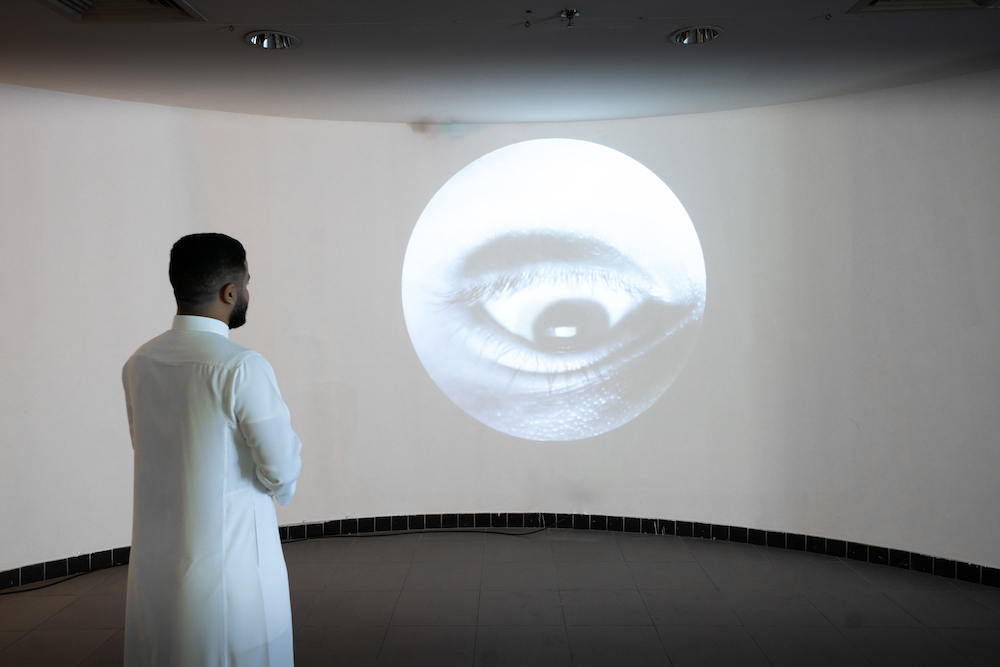
Eyad Mghazel “The Stream.” (Supplied)
A quick walk-through of the exhibition at the end of January revealed a myriad of moving images, installations, beaming with sound and movement. Now, relegated to the digital screens on our phones and computers, the works take on new meaning.
Dana Awartani’s 2017 film “I went away and forgot you. A while ago I remembered. I remembered I’d forgotten you. I was dreaming” shows a room filled with light in an abandoned house, with what appears to be a traditional Islamic-tiled floor. However, the patterned floor is actually an intricate installation of hand-dyed sand. As the film progresses, the viewer watches as the artist sweeps the meticulously created pattern away. The work, shown in London and Jeddah since its inception, refers to the impact of urban development in Jeddah and what Awartani views as the “social obsession with progress” with a cost of losing what once was: History and tradition.
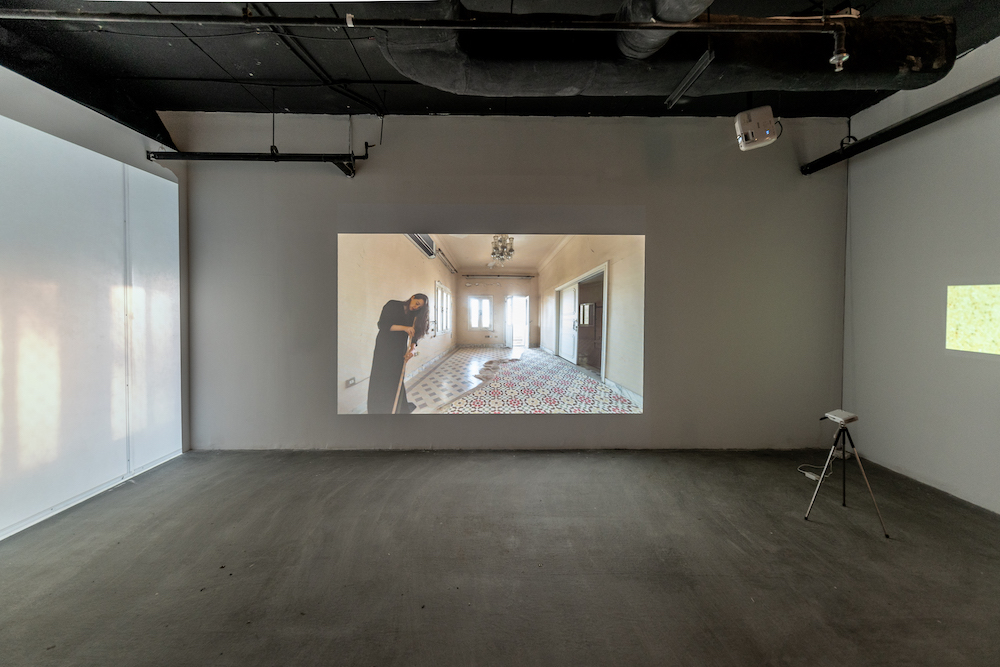
Dana Awartani’s 2017 film “I went away and forgot you. A while ago I remembered. I remembered I’d forgotten you. I was dreaming.” (Supplied)
For Awartani the transfer of her to online comes with sacrifice. “Viewing it through a computer, I feel completely changes how the viewers experience the work in a negative way, as if half of the piece is missing,” she says. "It feels quite strange to have my piece viewed online as the work is not only a video work, and it is usually shown alongside an installation as well as very specific guidelines on the size of the projection.”
Newcomer to Athr Gallery, Saudi-born film director Mohammed Hammad who until recently lived in New York, showed #INFINITESINCE83. “It’s a deeply personal and voyeuristic piece that is a commentary on Saudi culture across the generations through my personal life story immigrating from Saudi and moving back after Vision 2030,” said Hammad.
In Saudi filmmaker Fatima Al-Banawi’s “A Blink of an Eye,” a part of her “The Other Story Project Performance” series, she charts five stories that address how what were considered “normal lives” embarked on a new path, transforming, as she says, “in a blink of an eye.” These personal stories are those of Saudi women.
“Saying yes, changing a conviction, discovering a passion, saving a life, losing a voice; what else happens at a blink of an eye?” asks Al-Banawi.
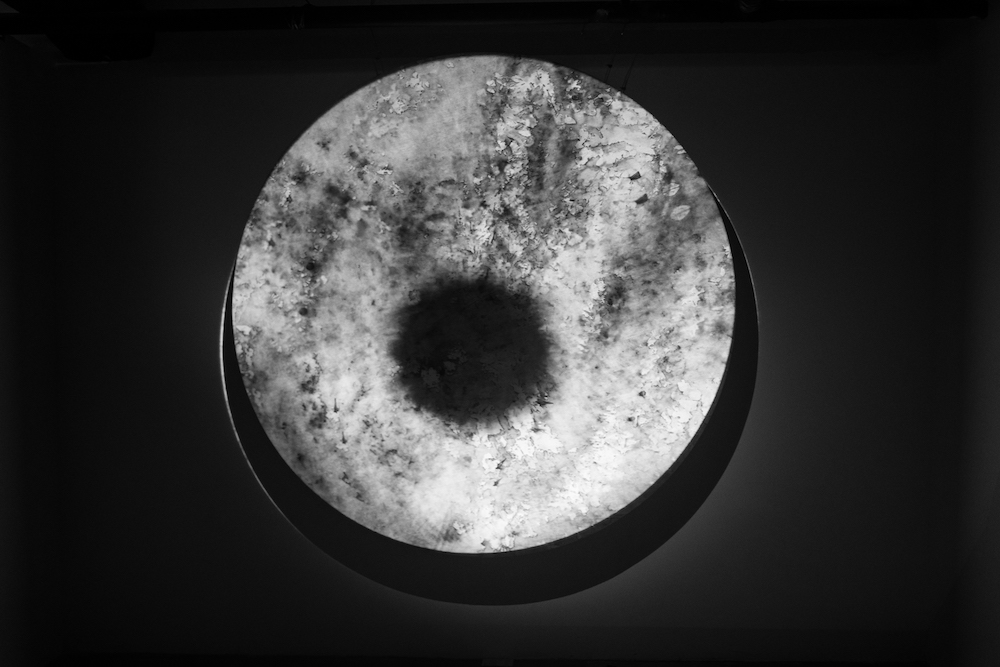
Muhannad Shono’s piece called “The Fifth Sun,” in the form of a circular screen with movements of variously hued black and white markings. (Supplied)
Riyadh-based artist Muhannad Shono’s piece called “The Fifth Sun,” in the form of a circular screen with movements of variously hued black and white markings, looks at how creation myths tell of a universe and planet that move in what the artist calls “great cycles.”
“‘The Fifth Sun’ speaks of our relationship to our world,” says Shono. “By depicting it as a large suspended drum or ‘daff’ as it is called in Saudi Arabia. The impact of ink onto the surface of this world are the markings left by our actions upon our planet, causing it to shake and reverberate across an illustrated landscape.”
The message of Shono’s work may have some clues as to what lies next. He says that our current time, ‘the fifth sun,’ is a time of movement. “It is said to be the time when the earth will rattle. A time when one man will sacrifice another in the hopes that the earth may be silenced. War, conflict, greed and the rapid destruction of our environment all cause ‘the fifth sun’ to rumble still.”





















